Air travel delays are now common in the United States, delaying millions of
passengers each year. Knowing which airports incur the most significant delays
would help travelers better plan their journeys and set realistic expectations for their
travel times.
This guide examines America’s twenty most delayed airports, analyzing their unique
challenges and patterns.
Chicago O’Hare International (ORD), Illinois
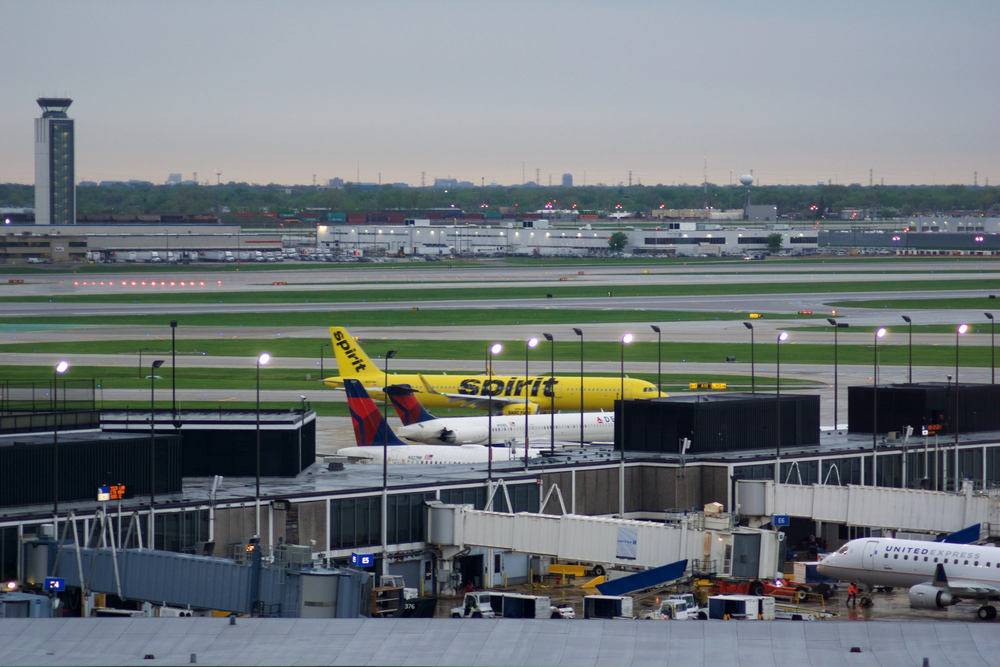
O’Hare’s position as a major hub for multiple airlines creates intense congestion
during peak hours. Winter weather conditions frequently disrupt operations between
December and March.
The airport’s complex layout and high volume of connecting flights contribute to cascading delays throughout the system. The airport’s ongoing modernization projects aim to improve efficiency but temporarily add to operational challenges.
Newark Liberty International (EWR), New Jersey
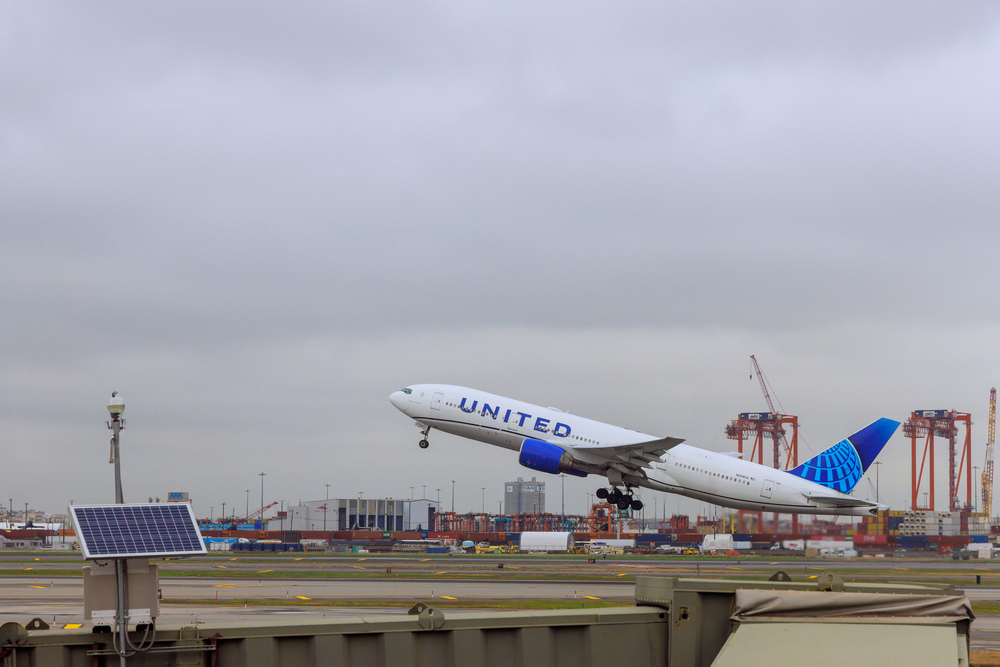
Newark’s proximity to other major airports in the New York metropolitan area creates
airspace congestion. Air traffic control restrictions during adverse weather
significantly impact operations.
The airport’s limited runway capacity struggles to handle increasing passenger demand, and recent terminal upgrades have yet to address fundamental capacity constraints.
Like Travel Pug’s content? Follow us on MSN.
LaGuardia Airport (LGA), New York
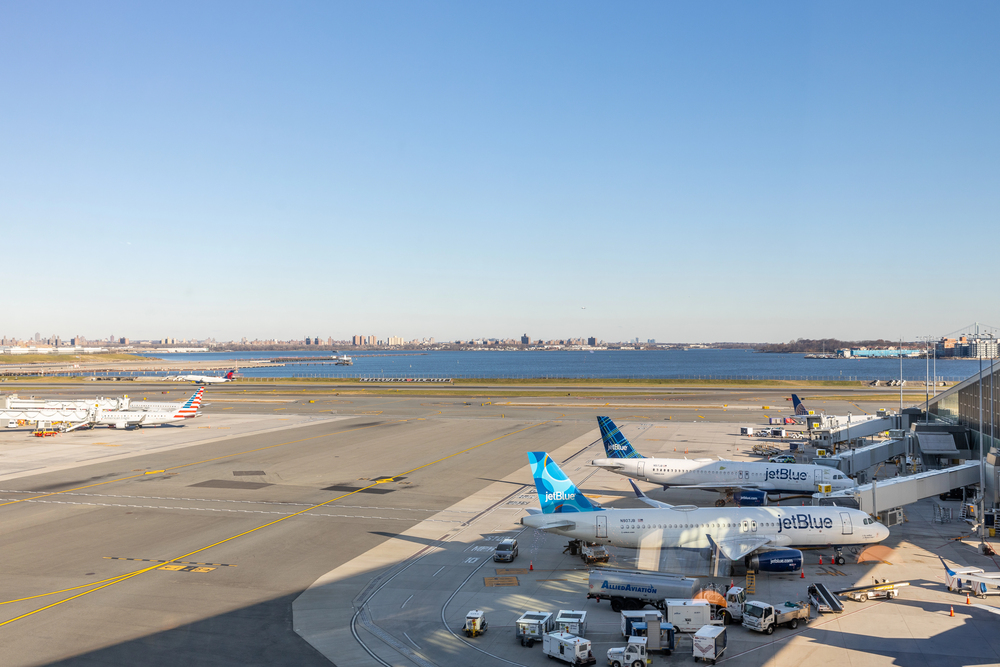
LaGuardia’s compact size and shorter runways limit operational flexibility during
challenging conditions. High-density air traffic in the New York area leads to frequent
ground delays.
Construction projects and infrastructure updates cause additional disruptions. The airport’s waterfront location makes it particularly vulnerable to coastal storms.
San Francisco International (SFO), California
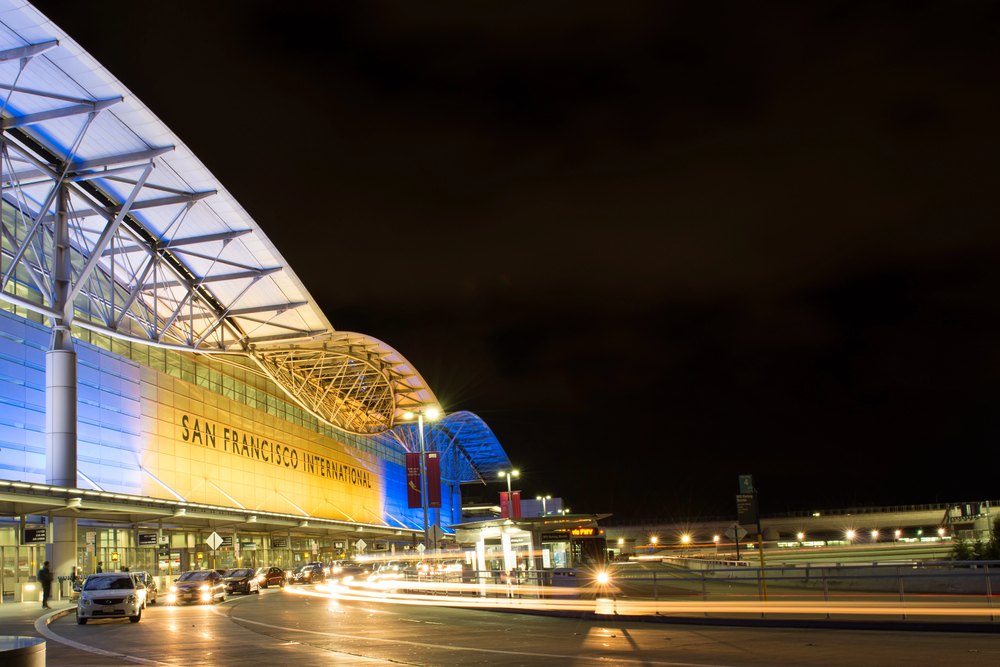
Marine layer fog regularly affects morning operations at SFO. The parallel runway
configuration requires increased spacing during low-visibility conditions.
The airport’s position as a major trans-Pacific hub creates complex scheduling challenges. Seasonal weather patterns contribute to predictable but unavoidable delay patterns.
Denver International (DEN), Colorado
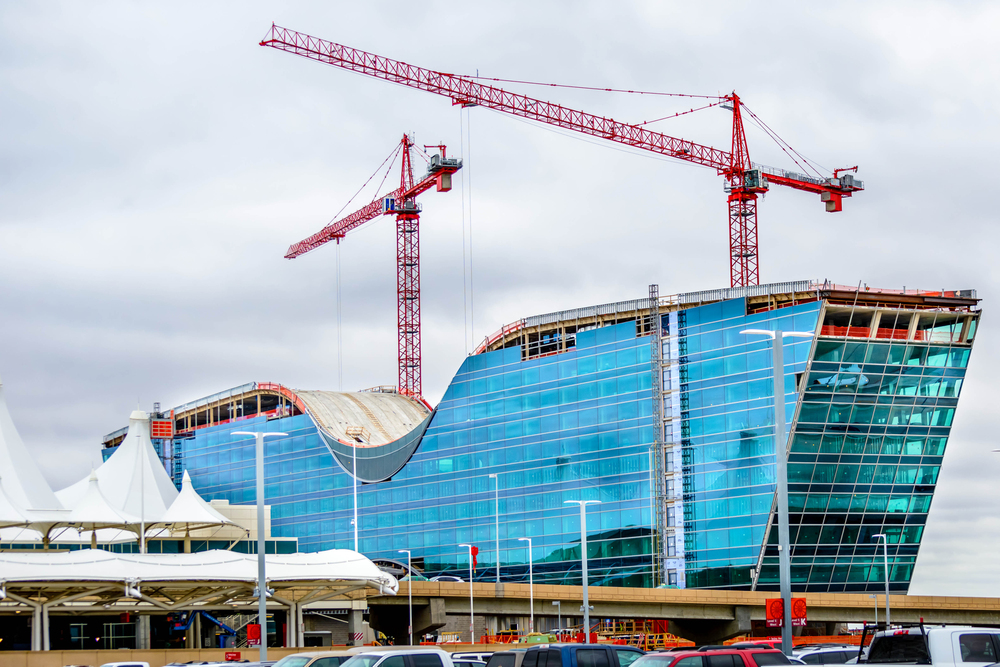
Denver’s high altitude and unpredictable weather patterns impact flight operations
year-round. Strong winds and seasonal snowstorms cause frequent runway
configuration changes.
The airport’s role as a major connecting hub amplifies delay ripple effects. The expansive facility layout can lead to extended taxi times during busy periods.
Like Travel Pug’s content? Follow us on MSN.
Miami International (MIA), Florida
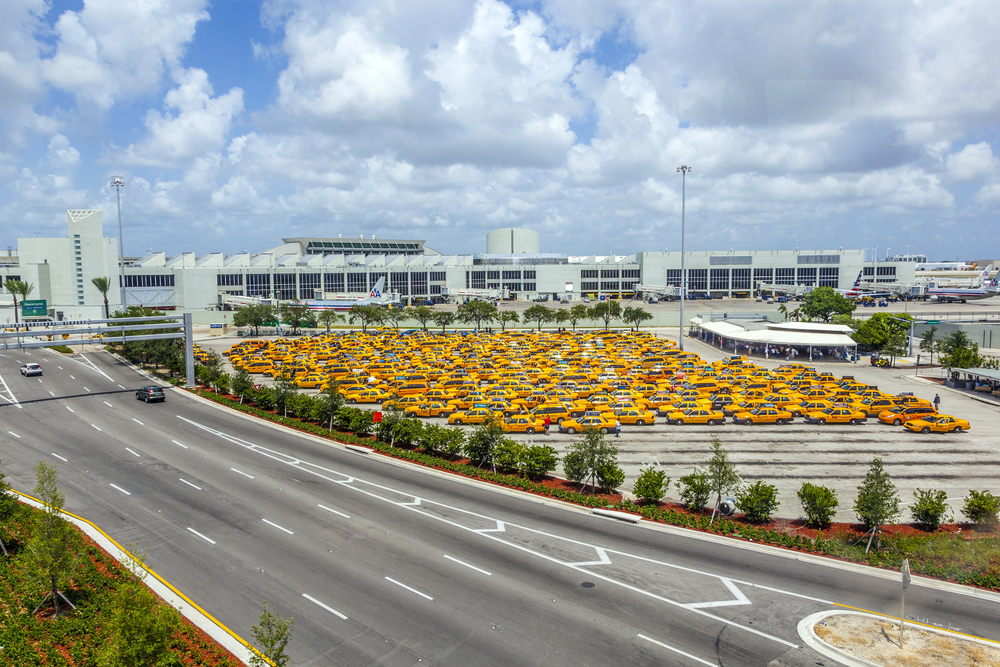
Tropical weather conditions and afternoon thunderstorms constantly interrupt
Miami’s activities. The significant international traffic volume causes bottlenecks in
customs and immigration.
The constraint on airport expansion causes ground delays during peak hours. Preparations for hurricane season have caused inefficiency in operations several times.
Boston Logan International (BOS), Massachusetts
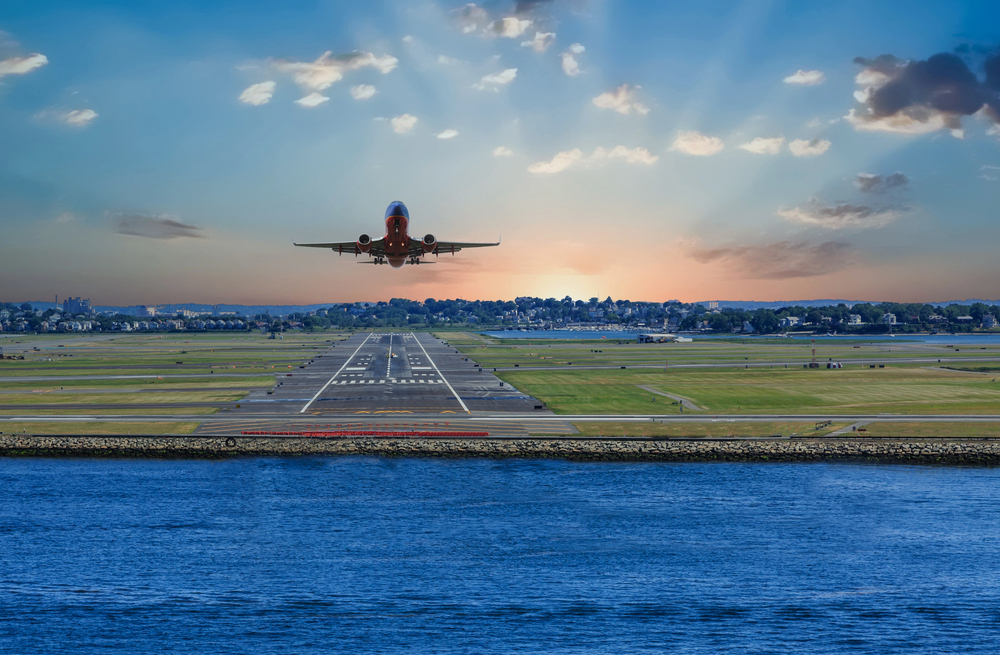
New England winter storms significantly impact Logan’s operational reliability. The
airport’s harbor location makes it susceptible to coastal weather events.
Limited airspace shared with nearby facilities creates scheduling constraints. Frequent de- icing requirements during winter months add operational complexity.
Dallas/Fort Worth International (DFW), Texas
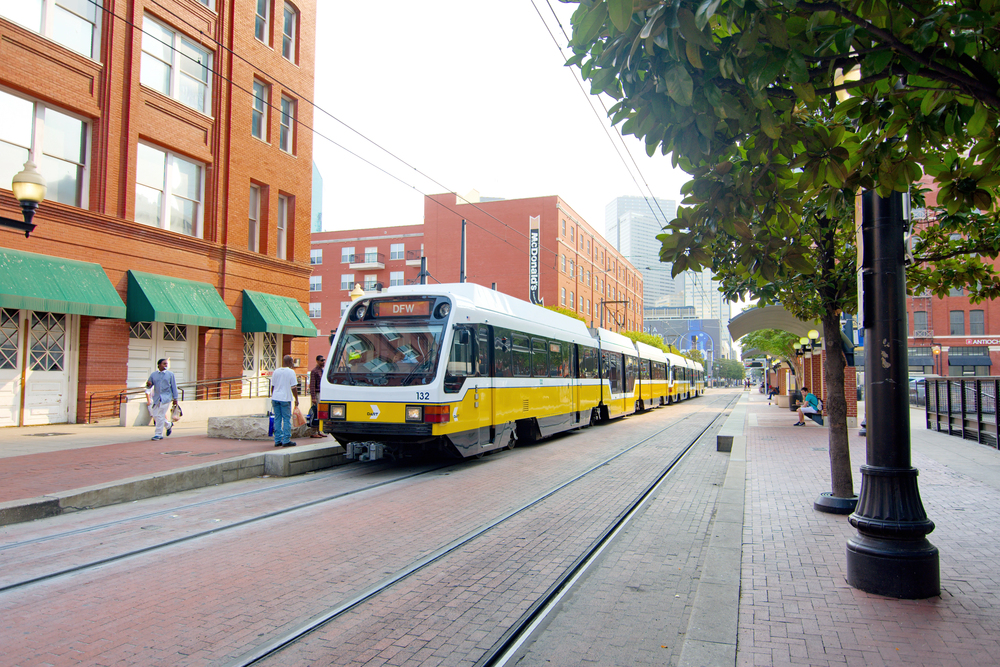
Severe thunderstorms and tornadic activity disrupt operations during spring months.
The airport’s massive size can lead to long taxi times and ground delays.
DFW’s role as a major hub creates schedule pressure during irregular operations. The facility’s advanced weather monitoring systems help mitigate but cannot eliminate weather- related delays.
Like Travel Pug’s content? Follow us on MSN.
Philadelphia International (PHL), Pennsylvania
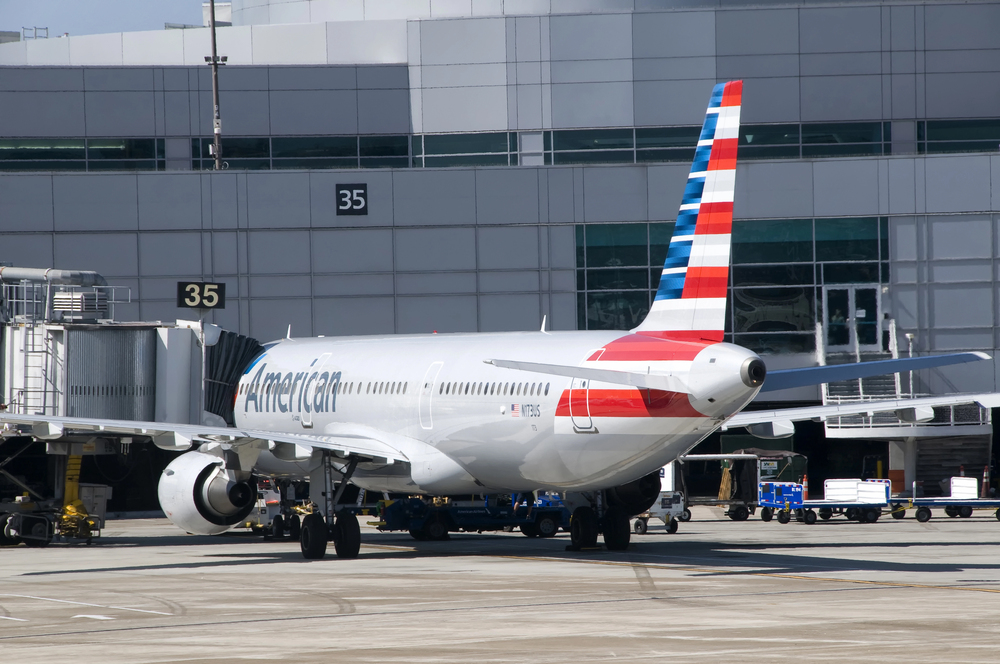
Philadelphia’s aging infrastructure contributes to operational inefficiencies. The
airport’s position in the congested Northeast corridor impacts scheduling flexibility.
Weather events affecting nearby hubs often create ripple effects at PHL. Regional jet
operations add complexity to ground movement coordination.
John F. Kennedy International (JFK), New York
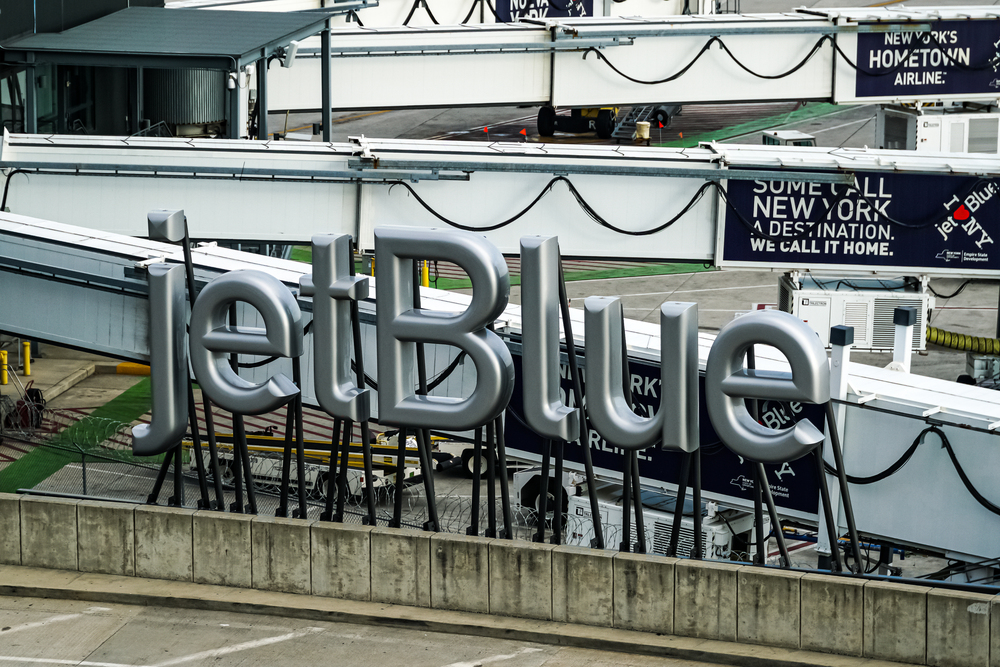
JFK’s international focus creates complex arrival and departure patterns. The
airport’s location in the busy New York airspace leads to frequent delays.
Heavy competition for limited slots impacts overall operational efficiency. The terminal
configuration requires extended taxi times during peak periods.
Seattle-Tacoma International (SEA), Washington
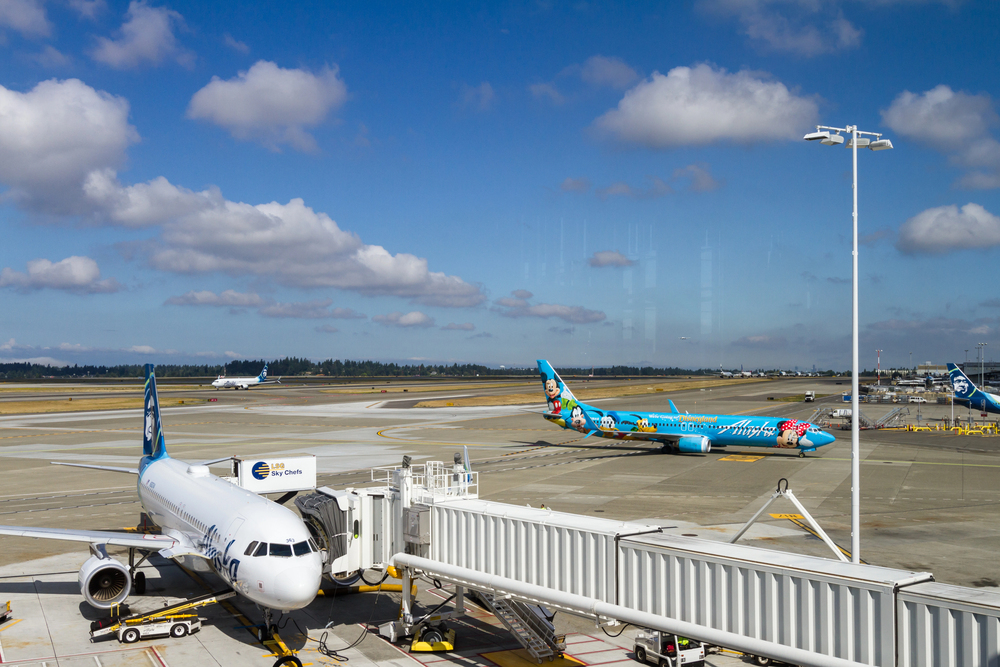
Pacific Northwest rain and low visibility conditions affect SEA’s operations. Growing
passenger volumes strain existing infrastructure capacity.
The airport’s position as a major Asian gateway creates schedule complexity. Mountain weather patterns contribute to approach and departure challenges.
Like Travel Pug’s content? Follow us on MSN.
Los Angeles International (LAX), California
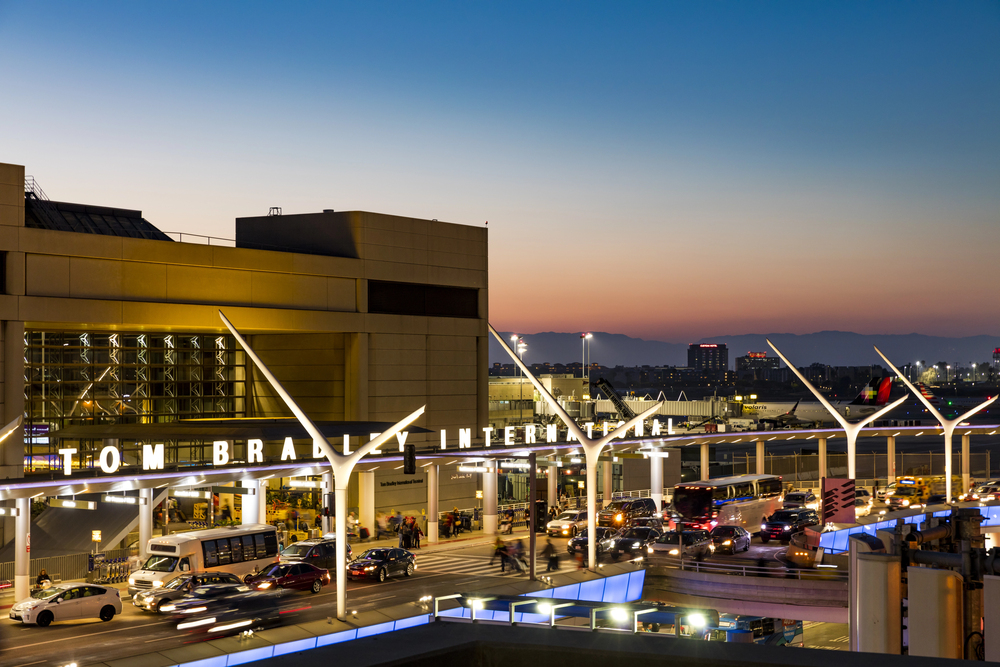
LAX’s limited gate availability causes frequent ground delays. The airport’s complex
airspace sharing with nearby facilities impacts efficiency.
High-density operations during peak hours strain air traffic control resources. The ongoing modernization program temporarily reduces operational flexibility.
Atlanta Hartsfield-Jackson (ATL), Georgia
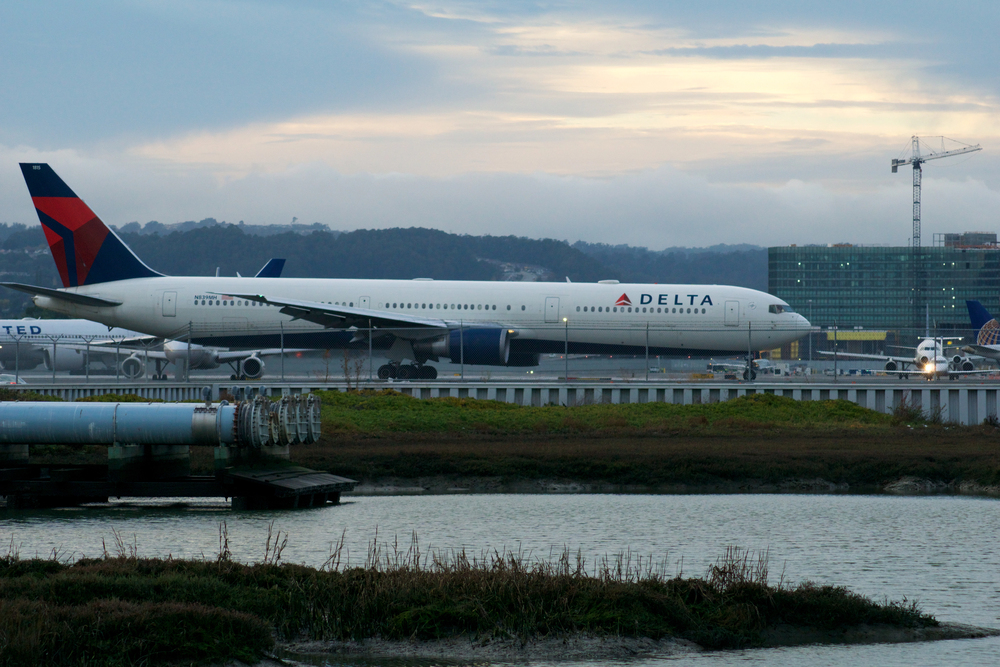
Atlanta’s position as the world’s busiest airport creates inherent delay risks. During
the summer months, afternoon thunderstorms regularly impact operations.
The hub- and-spoke system amplifies delays across multiple carriers, and the complex
terminal layout can lead to extended connection times.
Charlotte Douglas International (CLT), North Carolina
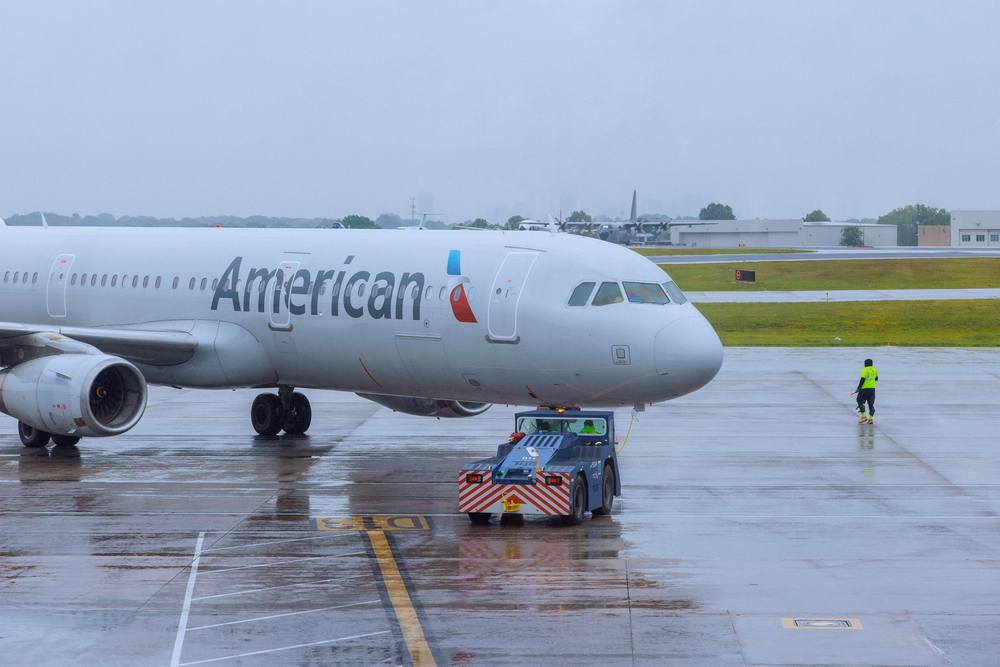
Charlotte’s growing role as a major hub strains existing infrastructure. Southeastern
thunderstorms create frequent operational disruptions.
The airport’s limited runway configuration impacts recovery from irregular operations. Regional jet operations add complexity to ground movement patterns.
Like Travel Pug’s content? Follow us on MSN.
Las Vegas McCarran International (LAS), Nevada
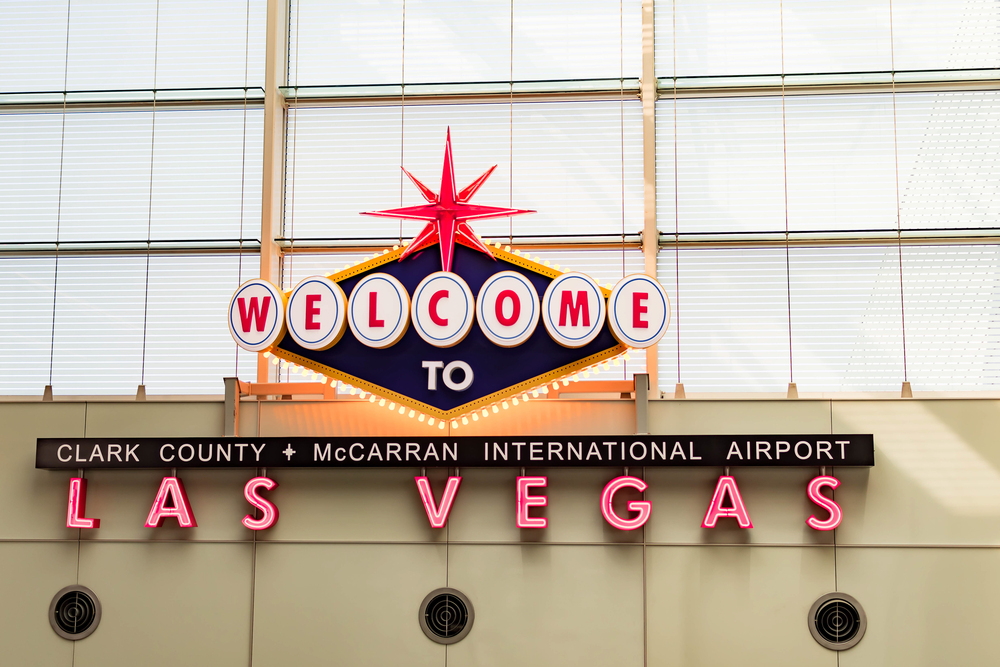
Here is where you will use 2-3 sentences to describe the image/post you want to link them to. This is your excerpt or quick overview for taExtreme heat conditions affect aircraft performance during the summer months.
The high tourist volume creates peak-period congestion. The airport’s proximity to military airspace impacts routing flexibility. The desert environment poses unique
maintenance and operational challenges.
Detroit Metropolitan (DTW), Michigan
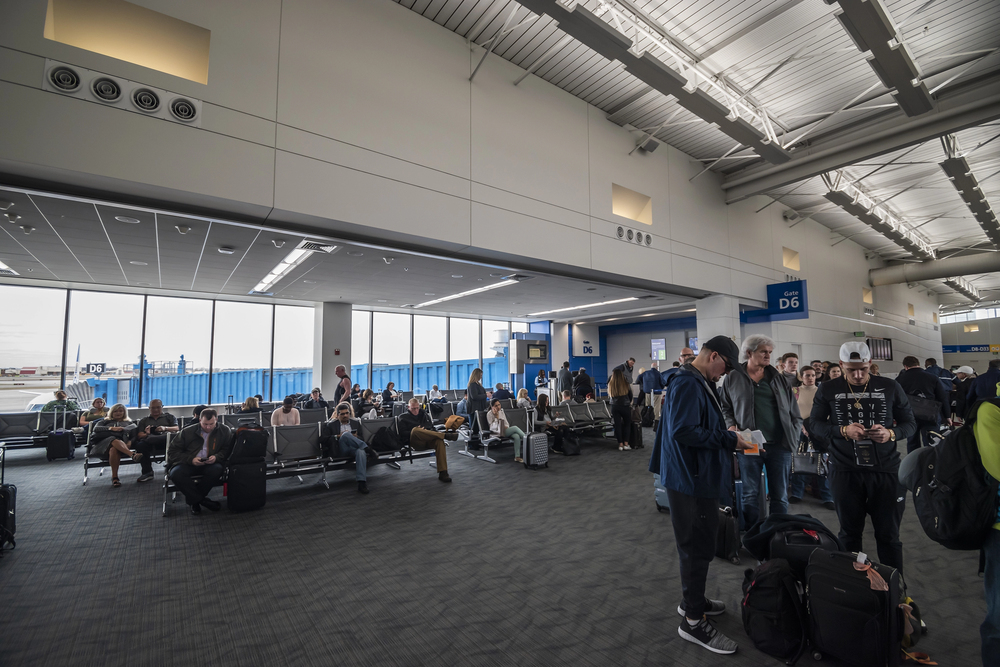
Winter weather events significantly impact Detroit’s operational reliability. The
airport’s hub status creates complex connection patterns.
Aging infrastructure contributes to ground delay programs. Lake effect snow adds unpredictability to winter operations.
Minneapolis-Saint Paul International (MSP), Minnesota
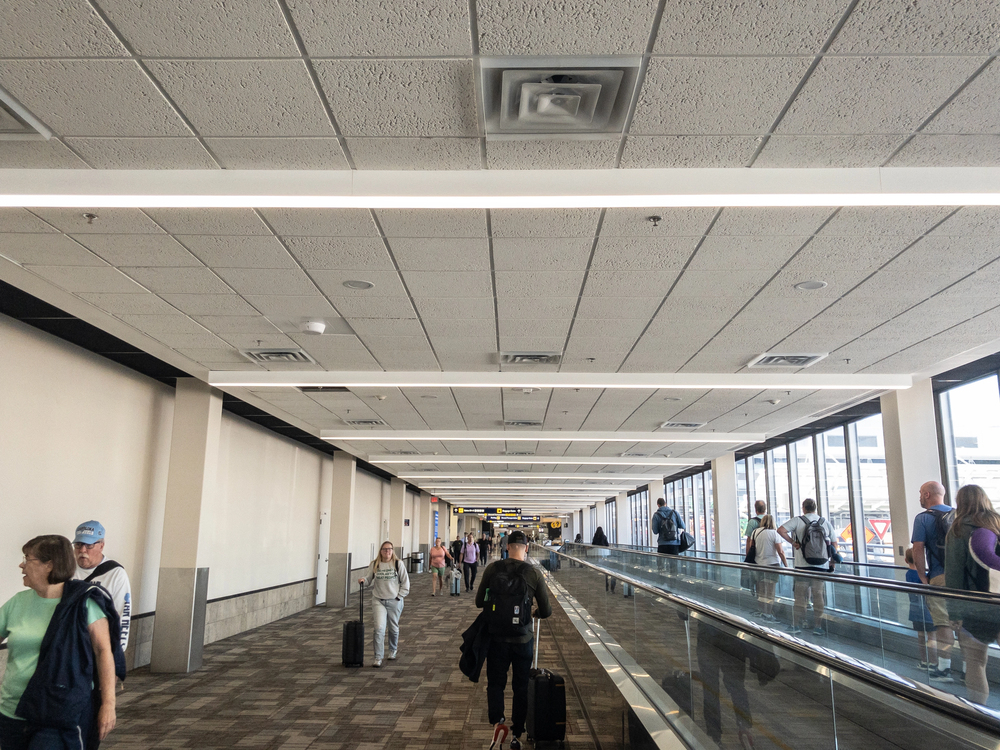
Severe winter conditions affect operations for extended periods. The airport’s dual-
hub status creates scheduling complexity.
De-icing operations during winter months impact on-time performance. The facility’s snow removal capabilities are extensive but time-consuming.
Like Travel Pug’s content? Follow us on MSN.
Phoenix Sky Harbor International (PHX), Arizona
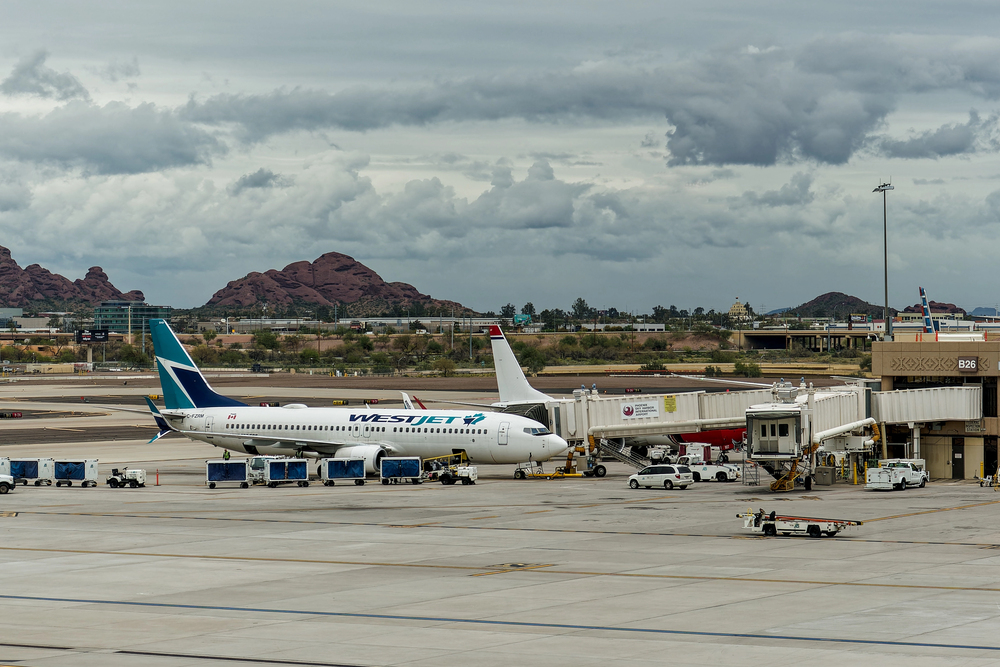
Extreme heat conditions affect aircraft performance and ground operations.
Monsoon season brings visibility challenges and lightning threats.
The airport’s growing international service adds operational complexity. Dust storms can create sudden operational disruptions.
Ronald Reagan Washington National (DCA), Columbia
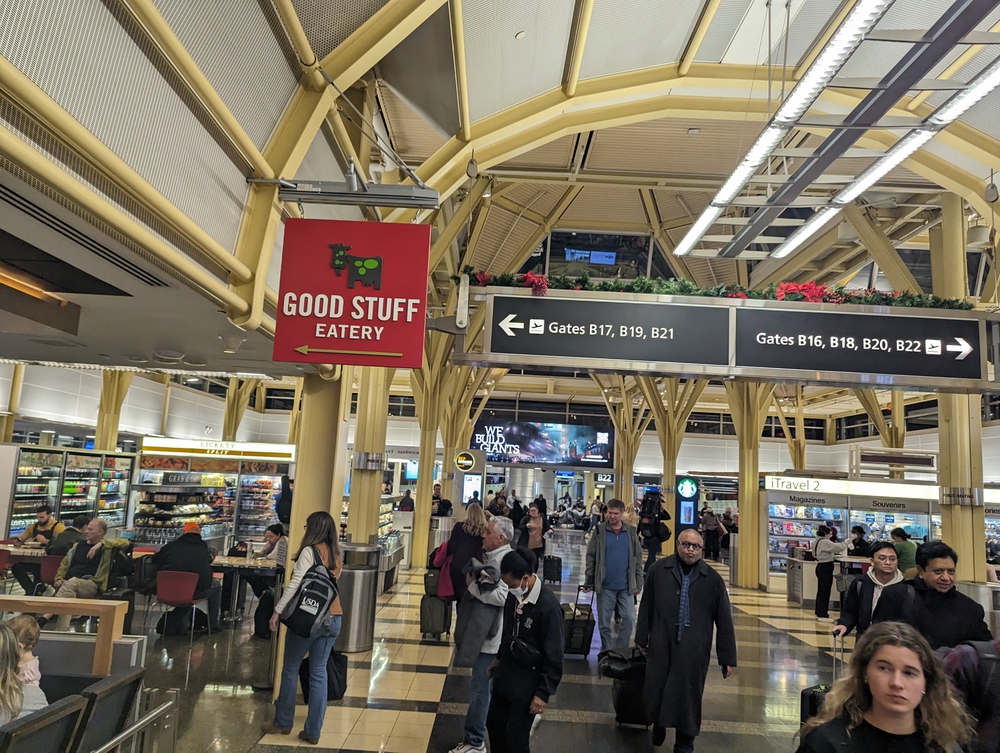
Strict noise and security restrictions impact operational flexibility. The airport’s limited
runway capacity creates scheduling challenges.
Weather events affecting the Northeast corridor cause frequent delays, and river fog can impact early morning operations.
Chicago Midway International (MDW), Illinois
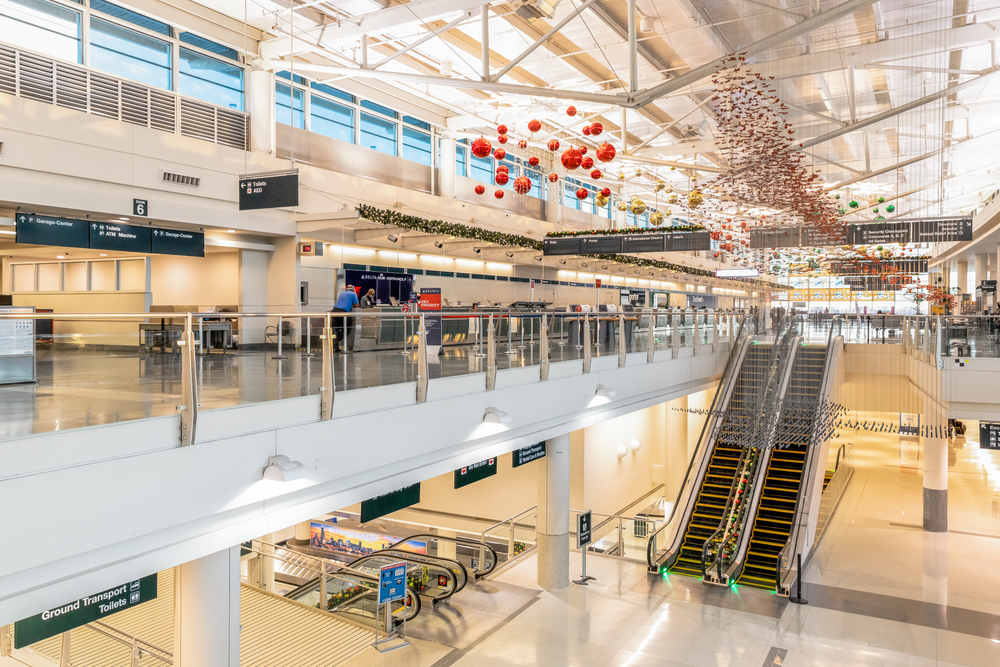
Midway’s compact layout limits operational flexibility during irregular operations.
Winter weather impacts mirror those at nearby O’Hare.
The airport’s popular low-cost carrier service creates high-density scheduling. The urban location restricts expansion possibilities.
Like Travel Pug’s content? Follow us on MSN.
Understanding Airport Delays

When delays are frustrating, understanding the distinct challenges of these major
airports helps travelers make informed choices. When traveling, consider alternative
airports, build buffer times into connections, and have the latest information on
weather events that may impact the route.
Delays might be inconvenient, but they are often caused by choosing between
passenger safety and operational integrity. Flexibility and good contingency planning
can help contain the inevitable air travel disruptions.
More from Travel Pug

- 15 Dangerous European Cities to Avoid
- 15 Caribbean Islands Where Tourists Keep Getting Scammed
- The 20 Most Fascinating Abandoned Places: A Journey Through Time and Forgotten Spaces
- 15 Hidden Places in the Smithsonian Museums Locals Love: A Guide to Lesser-Known Treasures
- 16 Hidden Florida Beach Towns That Aren’t Overrun with Tourists
Like Travel Pug’s content? Follow us on MSN.
